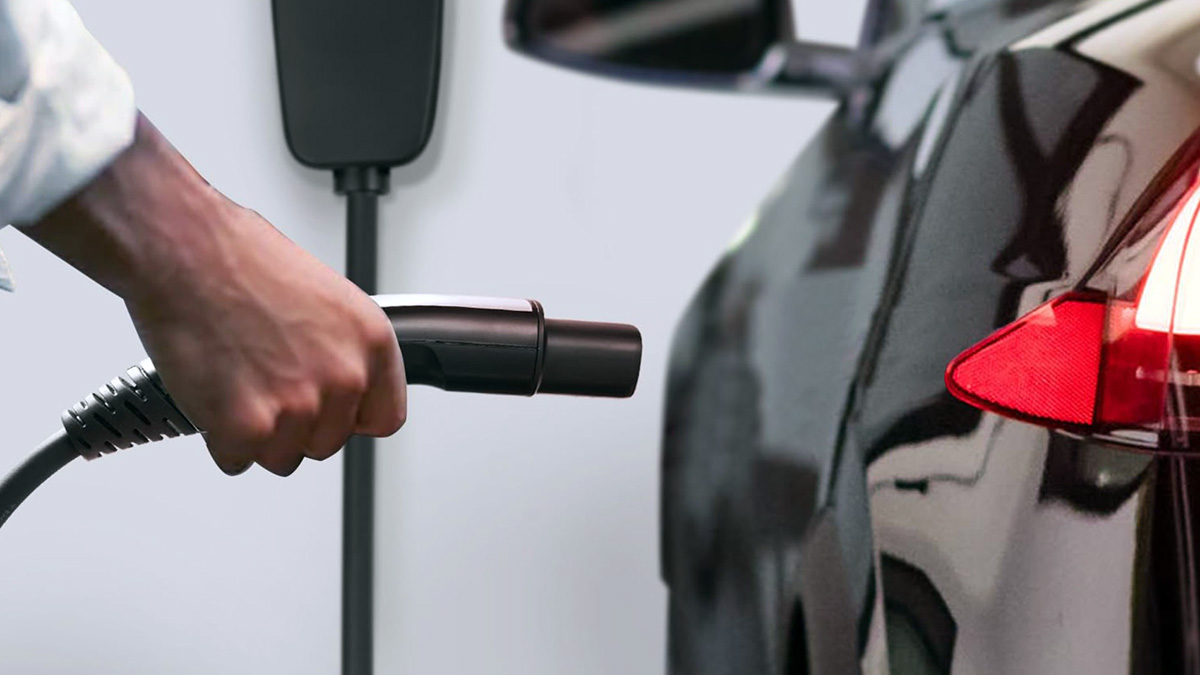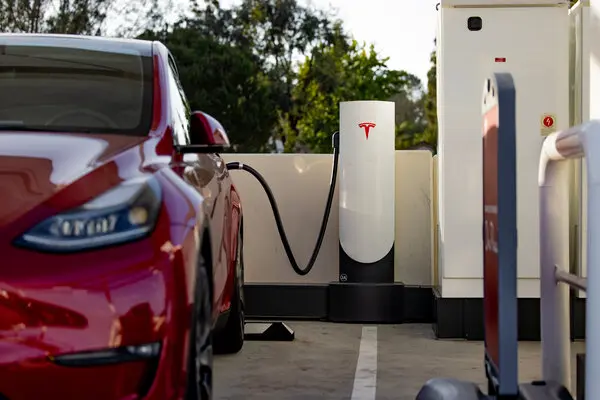Hyundai and Kia vehicles adopt NACS charging standard
Is the “unification” of car charging interfaces coming? Recently, Hyundai Motor and Kia officially announced that their vehicles in North America and other markets will be connected to Tesla’s North American Charging Standard (NACS). As of now, 11 car companies have adopted Tesla’s NACS charging standard. So, what are the solutions to charging standards? What is the current charging standard in my country?
NACS, the full name is North American Charging Standard. This is a set of charging standards led and promoted by Tesla. As the name suggests, its main audience is in the North American market. One of the biggest features of Tesla NACS is the combination of AC slow charging and DC fast charging, which mainly solves the problem of insufficient efficiency of SAE charging standards using alternating current. Under the NACS standard, different charging rates are unified, and it is adapted to AC and DC at the same time. The interface size is also smaller, which is quite similar to the Type-C interface of digital products.
Currently, car companies connected to Tesla NACS include Tesla, Ford, Honda, Aptera, General Motors, Rivian, Volvo, Mercedes-Benz, Polestar, Fisker, Hyundai and Kia.
NACS is not new, but it has been exclusive to Tesla for a long time. It wasn’t until November last year that Tesla renamed its unique charging standard and opened up permissions. However, in less than a year, many car companies that originally used the DC CCS standard have transferred to NACS. At present, this platform is likely to become a unified charging standard throughout North America.
NACS has little impact on our country, but it needs to be viewed with caution
Let’s talk about the conclusion first. Hyundai and Kia’s joining NACS will have little impact on the models of Hyundai and Kia currently sold and to be sold in my country. NACS itself is not popular in our country. Tesla NACS in China needs to be converted through a GB/T adapter to use overshooting. But there are also many aspects of the Tesla NACS charging standard that deserve our attention.
The popularity and continuous promotion of NACS in the North American market has actually been achieved in our country. Since the implementation of national charging standards in China in 2015, barriers in charging interfaces, guidance circuits, communication protocols and other aspects of electric vehicles and charging piles have been broken down to a great extent. For example, in the Chinese market, after 2015, cars have uniformly adopted “USB-C” charging interfaces, and different forms of interfaces such as “USB-A” and “Lightning” have been banned.
At present, the unified automobile charging standard adopted in my country is mainly GB/T20234-2015. This standard solves the long-standing confusion in charging interface standards before 2016, and plays an important role in the development of independent new energy vehicle companies and the expansion of the scale of supporting infrastructure for electric vehicles. It can be said that my country’s ability to become a world-class new energy vehicle market is inseparable from the formulation and launch of this standard.
However, with the development and advancement of Chaoji charging standards, the stagnation problem caused by the 2015 national standard will be resolved. The Chaoji charging standard features higher safety, greater charging power, better compatibility, hardware durability and lightweight. To a certain extent, Chaoji also refers to many features of Tesla NACS. But at present, our country’s charging standards still remain at the level of minor revisions to the 2015 national standard. The interface is universal, but power, durability and other aspects have lagged behind.
Three driver perspectives:
In summary, Hyundai and Kia Motors’ adoption of the Tesla NACS charging standard in the North American market is consistent with the previous decision by Nissan and a series of large car companies to join the standard, which is to respect new energy development trends and the local market. The charging port standards used by all new energy models currently in the Chinese market must comply with the GB/T national standard, and car owners do not need to worry about confusion in standards. However, the growth of NACS may become a major issue for new independent forces to consider when going global.
Post time: Nov-21-2023

 Portable EV Charger
Portable EV Charger Home EV Wallbox
Home EV Wallbox DC Charger Station
DC Charger Station EV Charging Module
EV Charging Module NACS&CCS1&CCS2
NACS&CCS1&CCS2 EV Accessories
EV Accessories


